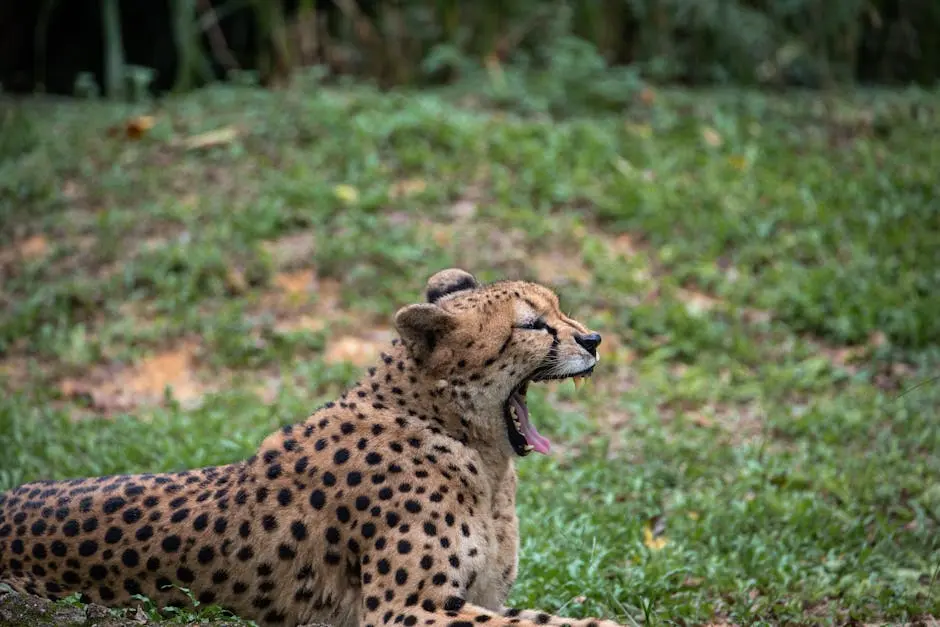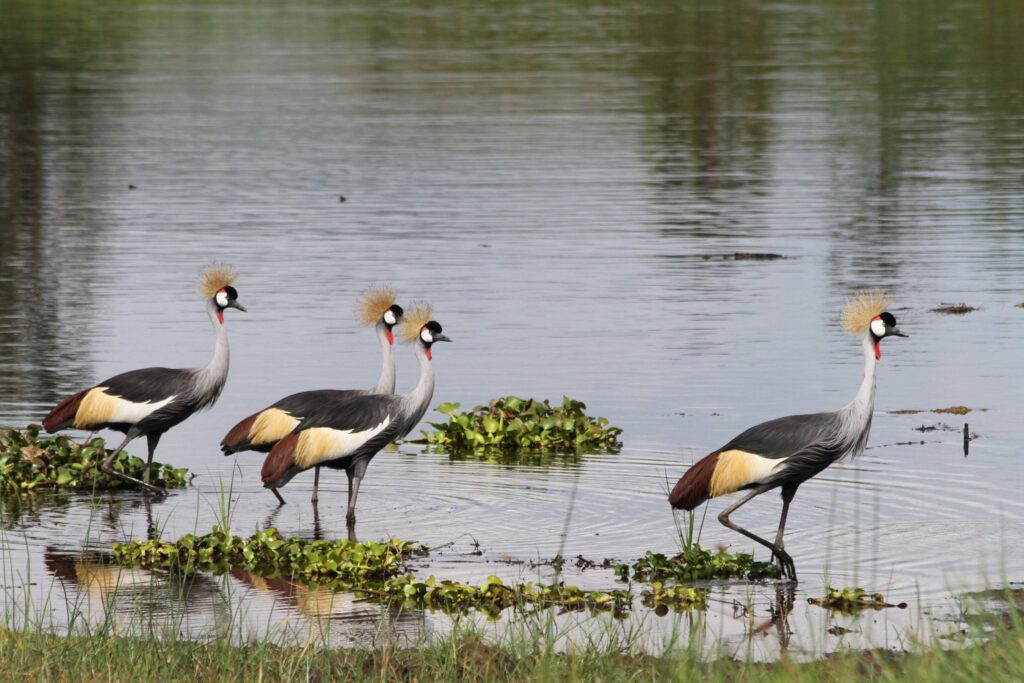Rwanda’s Wildlife Conservation
Rwanda‘s wildlife Conservation: With over 1000 plant species and 350 mammal, bird, and reptile species, Rwanda is a biodiversity hotspot. However, Rwanda‘s biodiversity is declining as a result of habitat degradation and human exploitation. Furthermore, some species are in danger of going extinct, while others are under threat. Thankfully, the Rwandan government has taken action to save the nation’s biodiversity and animals. By 2020, the government intends to reserve 10% of its territory for biodiversity preservation and conservation.

The nation’s efforts to safeguard its forest resources are aided by the Forest Conservation Fund. Additionally, it offers financial assistance for neighborhood-based forest conservation and preservation initiatives.
The Fund manages an ecotourism initiative that is centered in the community and generates revenue for the locals while safeguarding forests and wildlife. In order to preserve endangered plant and animal species, Rwanda has also developed a large number of national parks and wildlife sanctuaries, which you can visit on your Rwanda tour. The Volcanoes Mountain Range became the nation’s first national park when it was established in 2013. Rwanda’s Wildlife Conservation uses the park as a model for other protected areas across the nation.
In the past few years, numerous programs have been started to save Rwanda‘s biodiversity and advance sustainable development. The Rwinkwavu Biodiversity Research and Training Institute is one such project. This organization conducts studies on Rwandan plant and animal species and collaborates with nearby communities to create long-term plans for preserving their natural environments. The creation of ecotourism hubs and greenbelts around the nation are examples of additional initiatives.
In addition to supporting conservation efforts, these initiatives give local communities the chance to make money through selling handmade goods and taking part in eco-tourism. But there are still a lot of obstacles to overcome. The majority of national parks and animal sanctuaries are situated in isolated locations with minimal infrastructure.

The local populace does not actively participate in conservation initiatives as a result. Furthermore, unlawful poaching is still an issue in many regions of the nation. Because many local people depend on the selling of wild animals for their survival, wildlife smuggling is also becoming a bigger issue.
Over 2 million hectares are covered by roughly fifty nature reserves in Rwanda. These reserves were set up to safeguard the environment, preserve species, and raise public awareness of the value of conservation—Rwanda‘s species Conservation. While some reserves are categorized as “regional,” others are called “national.” The government oversees all national reserves, while district-level park agencies are in charge of managing both national and regional reserves. There are numerous private game reserves that have legal restrictions on their operations in addition to these statutory reserves. To stop any unlawful behavior, animal security rangers monitor the reserves around-the-clock. They are assisted by government employees who oversee daily operations and offer technical support from the headquarters and local field offices.
In order to preserve the rich biodiversity of the nation and advance sustainable economic growth, the Rwandan government has also started a variety of conservation and development programs. In order to promote local involvement in conservation efforts and strengthen Rwanda‘s tourism sector, the country has established a network of protected areas, devised numerous wildlife management initiatives, and established ecotourism programs.
Rwanda has about 50 distinct nature reserves that together encompass over 2 million hectares of land, including forested areas. These reserves were created to safeguard Rwanda‘s natural resources, wildlife, and economy while also encouraging tourism and sustainable growth. Game farms that are privately owned are included in the reserve system, along with national and provincial reserves.

The Ministry of Natural Resources and Tourism oversees all national reserves, and the Parks Authority is in charge of managing provincial reserves at the district level. The preservation of land creatures including elephants, giraffes, buffaloes, zebras, and hippos, as well as birds like the shoebill stork, purple-crested Turaco, golden-breasted bee-eater, black-faced honey guide, and red-faced barbet, takes up most of the reserves. Additionally, chimpanzee and mountain gorilla habitats have been designated as special areas for their preservation. Numerous reserves also act as havens for uncommon and threatened animals, like black rhinoceroses and African elephants.
In order to encourage local involvement in conservation efforts and boost economic growth in the areas surrounding the reserves, some community-based eco-tourism projects are also being implemented in several of the reserves.
